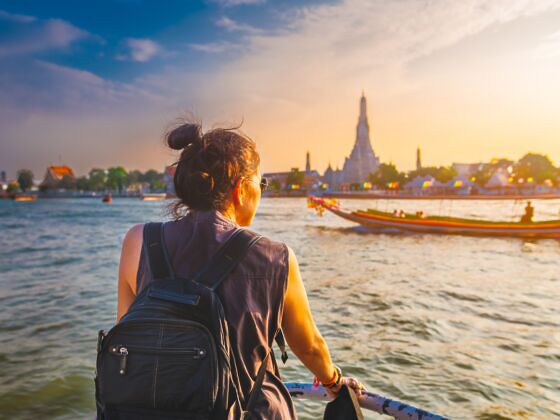To some, slow travel means time. It means spending weeks or months in a place to really understand it. For me, slow travel is a frame of mind.
In July, I joined my father for a week during his truck hauls to the US. I really wanted to go to Chicago, and luckily he was given an assignment in Indiana, so we’d be passing through Illinois. Because of regulations on how long a truck driver is allowed to be on the road in a day, I was able to explore the city for exactly 1 hour and 19 minutes.
In those 79 minutes, I was still able to slow travel. I visited the sculpture and centerpiece of Millennium Park known as the Bean (actually called Cloud Gate) and went to the Art Institute. More importantly, I talked with people who lived there. I received interesting insights about the place I wouldn’t have gathered otherwise, like where to get the most delicious Chicago-style pizza ever (Giordano’s deep-dish, double-crusted and stuffed deliciousness).
Here’s how to adopt a slow travel mindset, even when your time is limited.
